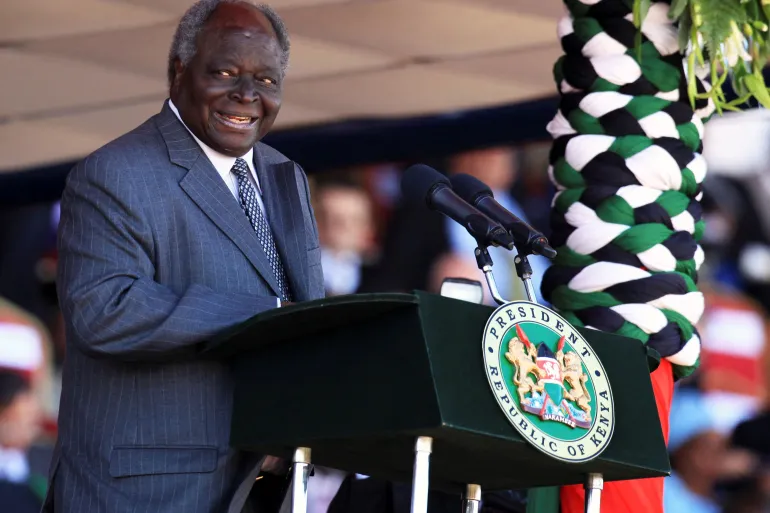ECOCONCRETE TRIBUTE TO H.E. PRESIDENT MWAI KIBAKI
The Ecoconcrete team wishes to offer sincere condolences to the family of the late former president of the Republic of Kenya. His Excellency President Mwai Kibaki and the entire Nation at large. An astute statesman has rested, but his accomplishments live on.
https://www.ecoconcrete.co.ke/ looks at how Kibaki’s legacy looms large in infrastructure.
1. BUILDING INFRASTRUCTURE
During Mwai Kibaki’s tenure, the length of the road network in the country tripled. He saw the Kenyan road network grow from 63,000 kilometres in 2003 to 166,000 kilometres by the time he left the office in 2013. This was a combination of both unpaved and paved roads.
While the total length of roads increased by more than 100,000 kilometres, Kibaki’s government grew tarmacked roads by 2,300km over 10 years. Illustrating his administration’s focus on boosting the country’s connectivity through a network of new roads in rural areas, many of them basic earth and gravel roads.
The 50-kilometre Thika Road was also constructed at a cost of Ksh32 billion in 2011. At the time, it was seen as a huge investment for a sector that had long been underinvested. He envisioned the project with the aim of expanding the four-lane carriageway to eight lanes. Building underpasses, providing interchanges at roundabouts and erecting flyovers to ease congestion.


Other than roads, the Mwai Kibaki regime had also embarked on the revival of the Nairobi Commuter Railway. A solution that would ease congestion on the city’s roads. In 2012, Kibaki broke ground for several mega infrastructure projects. The implementation was taken over by President Uhuru Kenyatta’s Jubilee administration. These included the second container terminal at the port of Mombasa. Kibaki also broke ground for Konza Technopolis https://konza.go.ke/, A world-class city powered by the (ICT) sector.
2. ECONOMY
Present-day Kenya’s economy cannot be discussed without the name Mwai Kibaki. His contribution was immense, reflected in the capital markets which, after years of slow activity, suddenly became a place for investors to invest and make returns.
Creation of Kenya’s Vision 2030, a long-term development plan aimed at raising GDP growth to 10% annually. Transforming Kenya into a middle-income country by 2030. Kenya’s economy experienced a major turnaround. GDP growth picked up from a low 0.6% in 2002 to 3% in 2003, 4.9% in 2004, 5.8% in 2005, 6% in 2006, and 7% in 2007. Development was revived in all areas of the country, including the previously neglected and largely undeveloped semi-arid or arid north. Many sectors of the economy recovered from total collapse pre-2003. Numerous state corporations that had collapsed during the reign of his predecessor were revived and began performing profitably.
The Kibaki regime saw a reduction in Kenya’s dependence on donor aid. The country being increasingly funded by internally generated resources such as increased tax revenue collection. The People’s Republic of China and Japan, Asian countries, the Middle East and to a lesser extent, South Africa, became important economic partners paving way for infrastructure development.

